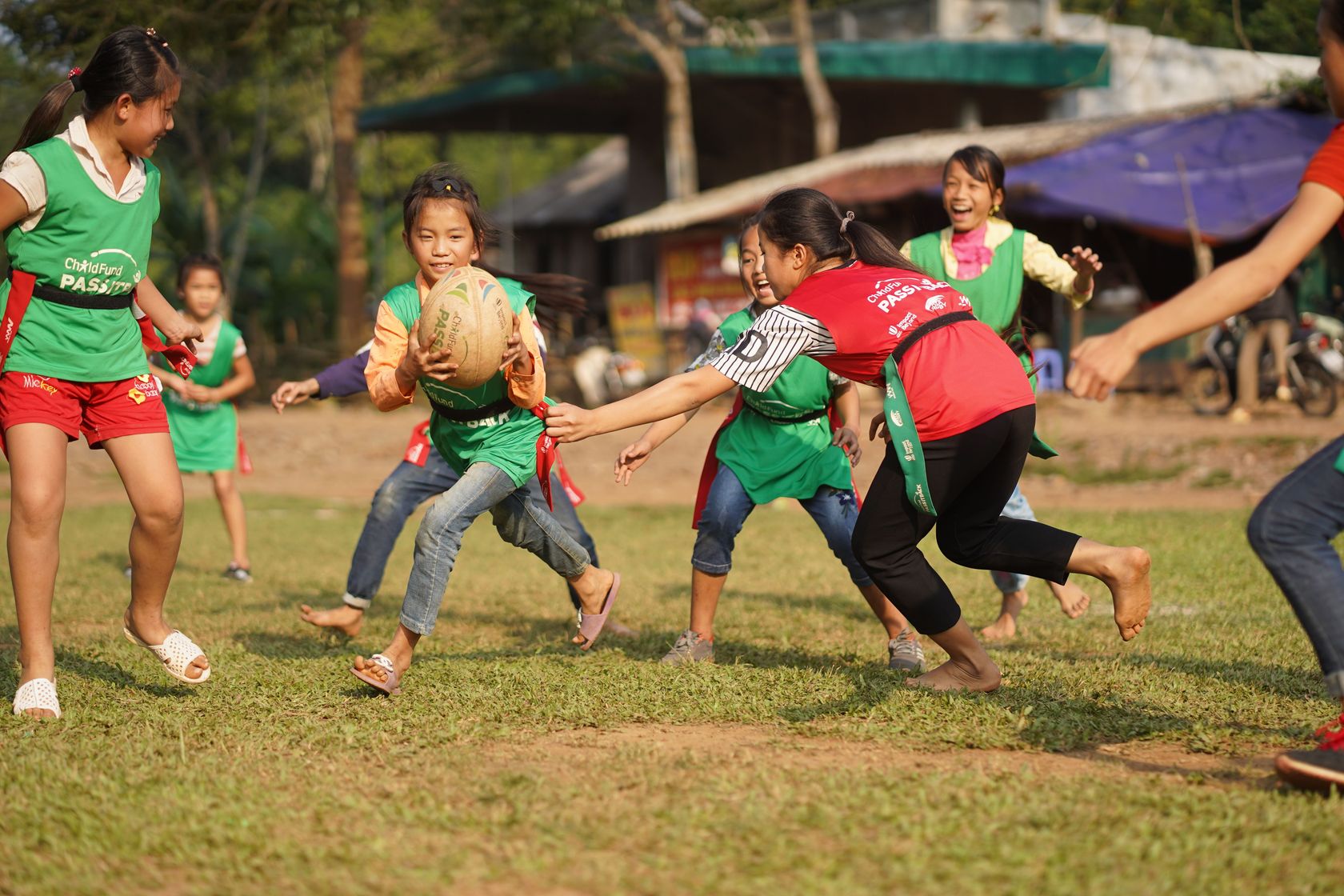Landmark World Rugby report: Rugby and climate change
Landmark World Rugby report: Rugby and climate change
World Rugby has published a landmark report looking at the projected impacts of climate change on the sport of rugby in an effort to raise awareness of the issue that is already affecting the game as whole.
With the world heating up and likely heading towards a 1.5-degree increase in global average temperatures by 2026, the study demonstrates that consequences on rugby’s practice and ecosystems are significant and will continue to deteriorate in the coming decades. Heat waves will continue to affect athlete performance and spectator health; droughts will more frequently affect turf pitches, while submersions from flooding and/or sea-level rise will increasingly impact infrastructure.
World Rugby has therefore used climate projections from the Intergovernmental Panel on Climate Change (IPCC), interviews with experts and data from 10 of its member unions to compile the “Rugby and climate change” report, a study looking at six main climate hazards that impact both directly and indirectly the sport, its athletes, spectators, infrastructure, and pitches to evaluate the likely implications for rugby.
Consequences of +2°C
While regional variations apply, the projected consequences of a world with +2°C include:
- Surge in number of extreme heat days (temperatures exceeding 35°C) in all nations studied with 60% of them having 10 or more additional days when rugby can’t be played
- Increase in frequency and intensity of droughts for half the nations studied
- Rise in both the occurrence and severity of heavy rainfall and flash floods for 80% of countries analysed
- One in 10 of the major stadiums researched worldwide will be exposed to an annual submersion risk
- One third of the stadiums investigated (111 venues) are in cyclone zones and will face amplifications of wind and cyclone activity
- Most climate regions will experience periods of increased humidity at levels that will cause additional heat-related suffering for athletes, officials and spectators.
In-depth analysis
Report authors have undertaken an additional in-depth analysis of impacts for 10 countries representative of World Rugby’s membership: Argentina, Australia (Rugby World Cups 2027 & 29 hosts), England (RWC 2025), Fiji, France, India, Japan, New Zealand, South Africa, and USA (RWCs 2031 & 33). For each nation, the main consequences are highlighted per climate region(s) with projected repercussions in a +2°C and +3°C scenario.
This endeavour falls into World Rugby’s Environmental Sustainability Plan 2030 and its fourth pillar committing to promote sustainability in rugby through education, advocacy and knowledge sharing.
Recommendations for rugby
The study concludes with a series of six recommendations to enhance rugby’s resilience to climate change together with guidance and case studies to inspire positive action.
Among the six proposals, a call for all rugby stakeholders from clubs to competition owners to develop and implement plans to reduce rugby’s environmental impacts and support others to adopt a similar approach is already in progress. Unions and professional clubs such as Munster Rugby or Northampton Saints have already developed their own plan while World Rugby’s ESP 2030 published in four languages can serve as a blueprint for other rugby organisations worldwide to follow. The international federation also started in 2024 a series of sustainability workshops with its member unions and regional associations to provide guidance and tools to implement this proposition.
Another recommendation proposes research into the adaptation and modification of rugby practices, laws, regulations and event specifications to make the sport more resilient. While this will require time and investment, change is already at the forefront of the governing body’s action plan with the launch of new non-contact format T1 Rugby to make the sport more accessible in different conditions (e.g. dry surfaces) and research presented during the latest Player Welfare Symposium is currently looking at introducing new heat guidelines adapted to hotter temperatures.
The final suggestion asks rugby organisations to promote and support climate change adaptation and mitigation measures at a local level, a necessary step to equip everyone involved in the game and enhance their resilience. Worldwide turf experts consulted for the report are unanimous on the need to adapt playing surfaces to changing conditions, mainly for warmer and/or wetter climates, and World Rugby’s natural turf guidelines already provide useful guidance on best practices and recommended grass types based on climate specificities.
Initiatives like Rugby for Nature launched to rugby communities globally to safeguard the natural environment and biodiversity within and around rugby facilities demonstrate how governing bodies and member unions can support local initiatives with practical resources adapted to the reality of climate change and biodiversity loss.
The international federation will take the findings from the report to inform its long-term planning including the organisation of future SVNS and Rugby World Cups while continuing to work with its stakeholders to make the sport more resilient for the future.















